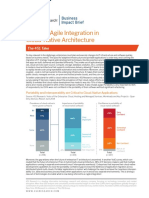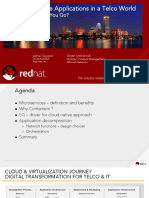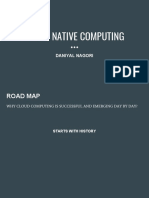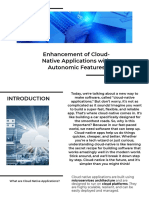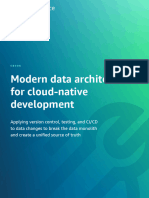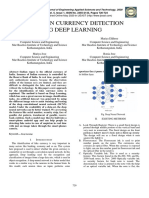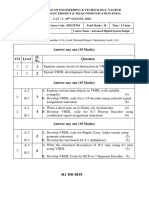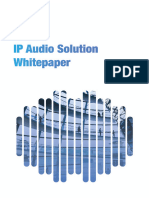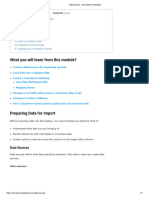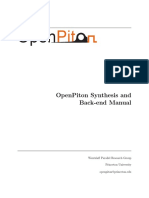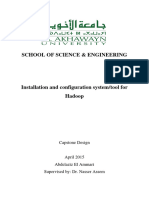0% found this document useful (0 votes)
10 views10 pagesCloud Native Software
Cloud native application development focuses on building software that efficiently runs in dynamic cloud environments using microservices, containers, and automation. Businesses are adopting cloud native for its scalability, cost efficiency, resilience, and speed, while facing challenges like complexity and security. The future of software lies in embracing cloud native principles for continuous innovation and competitive advantage.
Uploaded by
tamizhmani2022Copyright
© © All Rights Reserved
We take content rights seriously. If you suspect this is your content, claim it here.
Available Formats
Download as PDF, TXT or read online on Scribd
0% found this document useful (0 votes)
10 views10 pagesCloud Native Software
Cloud native application development focuses on building software that efficiently runs in dynamic cloud environments using microservices, containers, and automation. Businesses are adopting cloud native for its scalability, cost efficiency, resilience, and speed, while facing challenges like complexity and security. The future of software lies in embracing cloud native principles for continuous innovation and competitive advantage.
Uploaded by
tamizhmani2022Copyright
© © All Rights Reserved
We take content rights seriously. If you suspect this is your content, claim it here.
Available Formats
Download as PDF, TXT or read online on Scribd
/ 10































